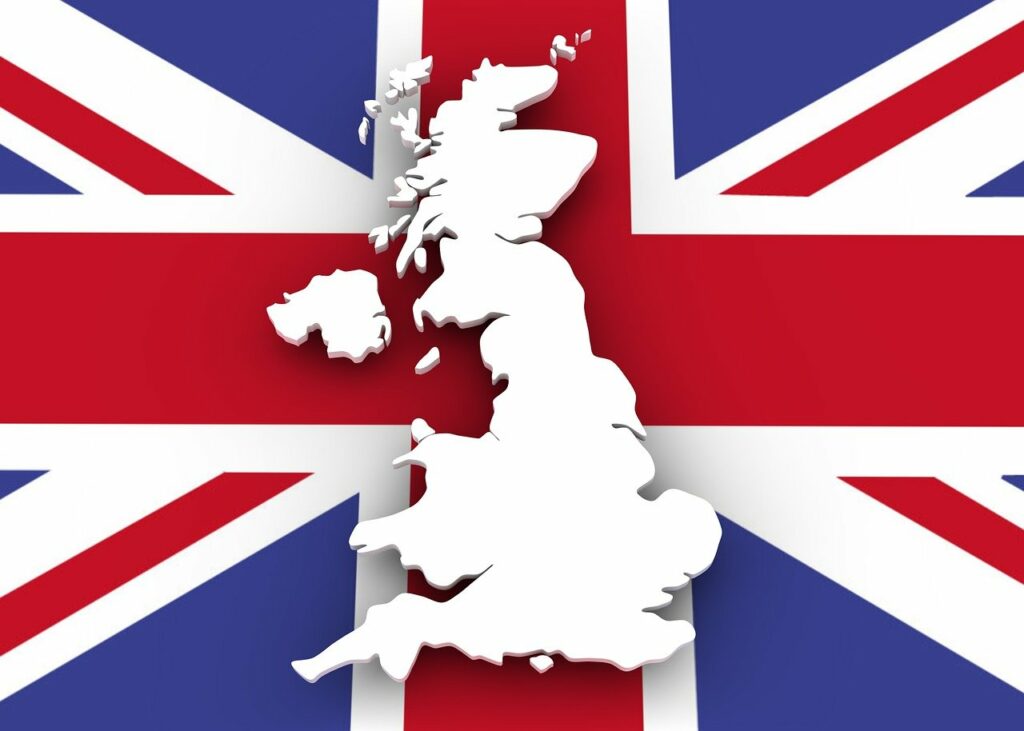Scotland’s bid to decarbonize its whisky distilleries and heavy industries through green hydrogen has hit a serious setback.
ScottishPower, the UK arm of Iberdrola, confirmed in September that it is pausing development of its Cromarty Firth and Whitelee hydrogen projects, despite having secured government-backed revenue support under the first Hydrogen Allocation Round (HAR1). The move underscores the structural weaknesses in the UK’s emerging hydrogen market—chiefly, slow policy rollout, weak demand, and fragile investor confidence.
Both the Cromarty and Whitelee projects were designed to use renewable electricity from nearby wind farms to produce green hydrogen for distilleries, transport operators, and local industries. The Cromarty development, in particular, was considered a flagship scheme for the whisky sector’s transition away from fossil fuels. Yet ScottishPower’s exit leaves its partner Storegga as the sole developer—a symbolic retreat for one of the UK’s most established renewable players.
The company emphasized that it continues to invest over £24 billion in UK electrification through 2028, focusing on grid infrastructure and renewable generation rather than early-stage hydrogen production. That reprioritization reflects a broader industry recalibration: while hydrogen remains a long-term decarbonization tool, short-term returns remain elusive.
ScottishPower’s withdrawal is part of a wider trend across the UK hydrogen sector, where projects from BP, Statkraft, SSE, Equinor, and Progressive Energy have also been paused or scaled back. Many were supported under HAR1 but have since faced cost escalation, permitting delays, and an absence of committed offtakers—factors that undermine project bankability. According to Westwood Global Energy Group, the UK currently has around 17.5 GW (LHV) of hydrogen projects in its pipeline, but progress has been “slower than anticipated,” with only one HAR-backed development—GeoPura and JG Pear’s HyMarnham—reaching a final investment decision.
Delays in securing planning consents, construction permits, and grid connections have added both cost and uncertainty to what is already a capital-intensive technology.
Storegga Stays the Course
Storegga, now sole developer of the Cromarty Hydrogen project, insists it remains committed. Alongside Cromarty, the company is pursuing Speyside Hydrogen, a 70 MW project targeting distilleries and industrial users in Moray. A company spokesperson said both schemes are designed to “protect jobs, attract investment, and support regional resilience,” while also highlighting the systemic challenges facing independent developers.
CEO Tim Stedman confirmed that the company’s flagship Acorn CCS project is advancing with renewed investor interest, crediting “policy and regulatory clarity” for the project’s momentum—conditions that hydrogen still lacks. His comparison reinforces a key industry critique: while CCS is gaining traction through defined policy mechanisms and clearer revenue models, hydrogen remains trapped in a policy gray zone.
The whisky industry, an early advocate for hydrogen decarbonization, now faces renewed uncertainty. The Scotch Whisky Association (SWA) has been working with members including Diageo, Glenmorangie, and Whyte & Mackay to cut emissions by 2040, with green hydrogen seen as a promising pathway. However, SWA sustainability director Ruth Piggin cautioned that “distillers are actively deploying what works on a site-by-site basis,” emphasizing that progress depends on coordinated policy support.
Demand Deficit and Market Design Flaws
Academics also point to structural issues within the HAR scheme itself. Professor Jamie Speirs, deputy director at Strathclyde University’s Centre for Energy Policy, noted that requiring developers to pre-identify hydrogen offtakers has not resolved demand uncertainty.
He also questioned whether HAR’s contract-for-difference-style design, modeled on offshore wind support schemes, fits a sector still in its infancy. Supply chain strain and high electrolyzer prices are compounding the issue. Developers face rising costs and equipment shortages amid intense global competition, making the economics of UK green hydrogen less attractive relative to markets with stronger incentives—such as the United States under the Inflation Reduction Act or the EU’s Hydrogen Bank model.
In response to the growing number of project delays, the Department for Energy Security and Net Zero (DESNZ) reiterated its commitment to “boosting the hydrogen economy” and creating skilled clean energy jobs. Officials framed the setbacks as “expected” for a first-of-a-kind allocation round, insisting that “the number of projects progressing remains strong.”
Stay updated on the latest in energy! Follow us on LinkedIn, Facebook, and X for real-time news and insights. Don’t miss out on exclusive interviews and webinars—subscribe to our YouTube channel today! Join our community and be part of the conversation shaping the future of energy.
